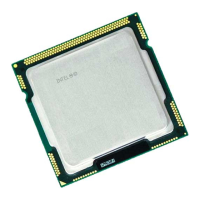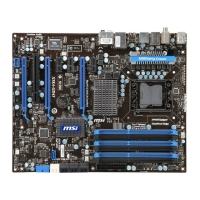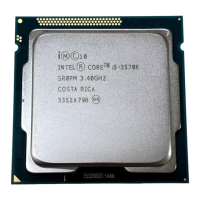Optimization
11-7
11
• A conditional branch instruction for which the condition is known is
deleted. For example, this program fragment sets
x equal to y+z if 2
and 4 are equal, which is never true:
a=2; b=4;
...
if (a==b)
x=y+z;
else
x=y-z;
• After constant propagation, the code contains these optimized
instructions:
a=2; b=4;
...
if (0)
x=y+z;
else
x=y-z;
• Dead-code elimination further reduces the instruction sequence by
removing the test and unreachable "then" part, leaving:
a=2; b=4;
x=y-z;
• A conditional branch instruction for which the condition is found to
always be true is changed to an unconditional branch. For example,
this program fragment branches to
L1 if 2 is less than or equal to 4,
which is always true:
Before After
mov 2, g2
mov 4, g3
cmpi g2, g3
ble L1
addi g4, g5, g6
b L2
L1:
subi g4, g5, g6 subi g4, g5, g6
L2: L2:

